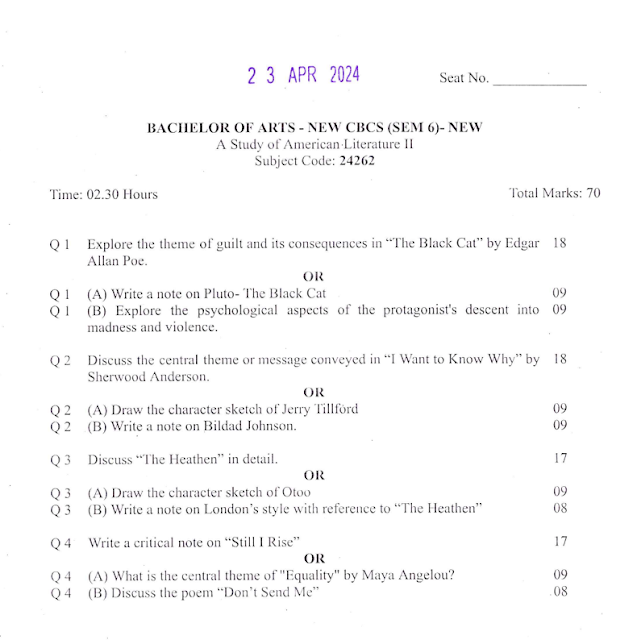Introduction:
Edgar Allan Poe, a master of Gothic fiction and psychological horror, continues to mesmerize readers with his dark and chilling tales. Among his most haunting works is "The Black Cat," a gripping narrative that delves into the depths of human depravity and the torment of guilt. In this blog post, we embark on a journey through Poe's macabre tale, exploring its themes, symbolism, and enduring power to unsettle and captivate.
A Tale of Madness and Morality:
"The Black Cat" unfolds as a confession by an unnamed narrator, who recounts his descent into madness and the horrifying events that culminate in murder. The story revolves around the narrator's perverse obsession with a black cat, which he first regards with affection but later comes to despise. As the narrator's mental state deteriorates, the cat becomes a symbol of his own moral decay and spiritual corruption.
Poe masterfully explores themes of guilt, sin, and redemption, as the narrator grapples with the consequences of his actions. The black cat, with its uncanny ability to elicit both love and revulsion, serves as a metaphor for the narrator's inner turmoil and moral ambiguity. Through its symbolic significance, Poe delves into the darker recesses of the human psyche, probing the depths of guilt and remorse with unflinching precision.
The Uncanny and the Supernatural:
"The Black Cat" is replete with elements of the uncanny and the supernatural, which contribute to its eerie and unsettling atmosphere. The narrator's perception of the black cat as a malevolent force, capable of defying the laws of nature, heightens the story's sense of dread and foreboding. Poe blurs the line between reality and imagination, leaving readers to question the reliability of the narrator's account and the true nature of the events that unfold.
Symbolism and Allegory:
Central to "The Black Cat" is the theme of duality and the conflict between good and evil within the human soul. The black cat, with its stark contrast to the narrator's white cat Pluto, represents the darker impulses that lurk beneath the surface of human nature. Poe employs rich symbolism to underscore the story's moral ambiguity, as the narrator grapples with the consequences of his actions and the possibility of redemption.
Conclusion:
In "The Black Cat," Edgar Allan Poe weaves a mesmerizing tale of guilt, madness, and moral decay that continues to captivate readers with its haunting imagery and psychological depth. Through its exploration of themes such as guilt, sin, and redemption, the story offers a profound meditation on the darker aspects of human nature and the consequences of unchecked depravity. As we journey through the twisted corridors of Poe's narrative, we are reminded of the enduring power of literature to probe the depths of the human psyche and confront the darkness that resides within us all.



No comments:
Post a Comment